

Matt Campbell
2025 Porsche 911 Carrera T review
6 Days Ago

News Editor
Kia’s rival to the Toyota Kluger Hybrid now won’t arrive until 2022, though a plug-in hybrid will arrive sooner.
The Kia Sorento Plug-in Hybrid (PHEV) is still set for launch in the third quarter of 2021 but the ‘self-charging’ Sorento Hybrid now isn’t due until the first quarter of 2022.
Both models will launch with Kia’s new badge.
The Hybrid was always set to follow the PHEV, though launch timings have been pushed out. The PHEV was originally set for a debut in the second quarter of this year, with the Hybrid following after.
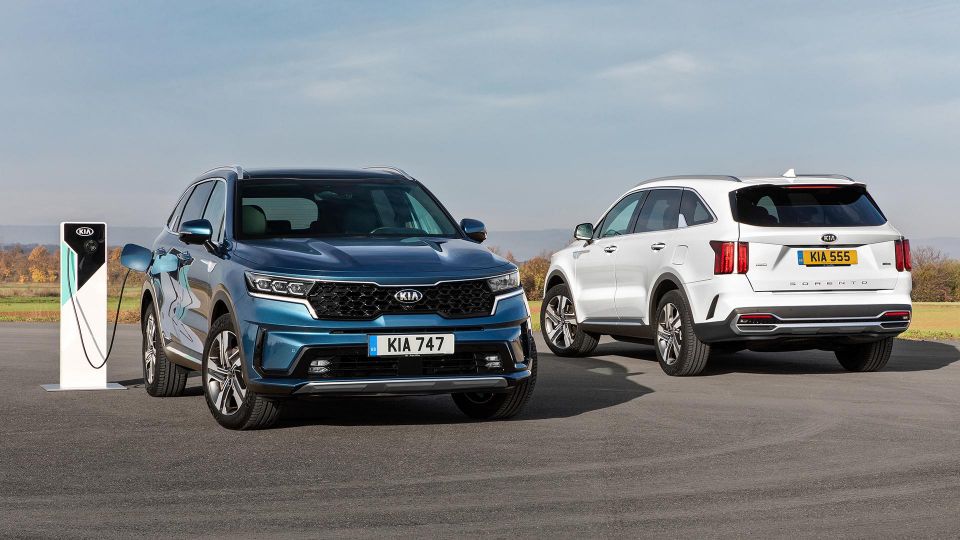
Once both arrive in Australian showrooms, the Sorento will be the only vehicle in Australia to offer petrol, diesel, hybrid and plug-in hybrid drivetrain options.
Hyundai has ruled out the related Santa Fe PHEV, instead committing only to the regular hybrid. It’ll be here late in 2021 or at the start of 2022.
Kia has remained quiet about whether it’ll offer the hybrid and plug-in hybrid powertrains across the range, much as the Kluger Hybrid is available in every trim level, or whether it’ll limit the powertrains to high-end grades.
An entry for the Sorento PHEV has appeared on the Australian Government’s Road Vehicle Certification System (RVCS), indicating it’s been certified for sale locally.
The entry also lists multiple wheel sizes, ranging from 17-inch wheels like on the base S to 20-inch wheels as on the GT-Line.
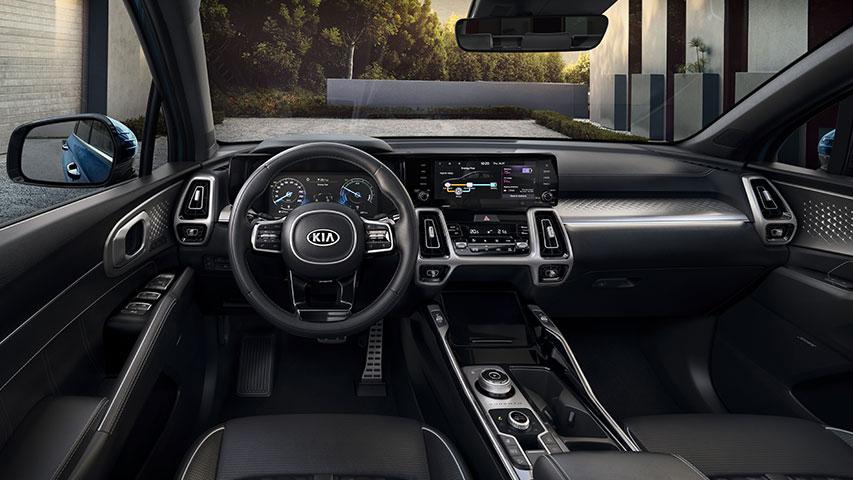
Kia currently offers the petrol and diesel Sorentos in a choice of S, Sport, Sport+ and GT-Line trims.
Currently, the Sorento range starts from $46,990 drive-away in Australia for the entry-level S V6 petrol front-wheel drive, and climbs to $64,990 drive-away for the GT-Line diesel all-wheel drive.
In the UK, the Sorento Hybrid all-wheel drive is £1500 ($2637) more than the equivalent turbo-diesel, while the Sorento Plug-in Hybrid is about another £6100 ($10,726) in the same specification.
British car prices aren’t always an accurate indicator of Australian prices due to exchange rates and differing taxation, but it gives you an idea of how much of a premium these electrified powertrains could carry locally.
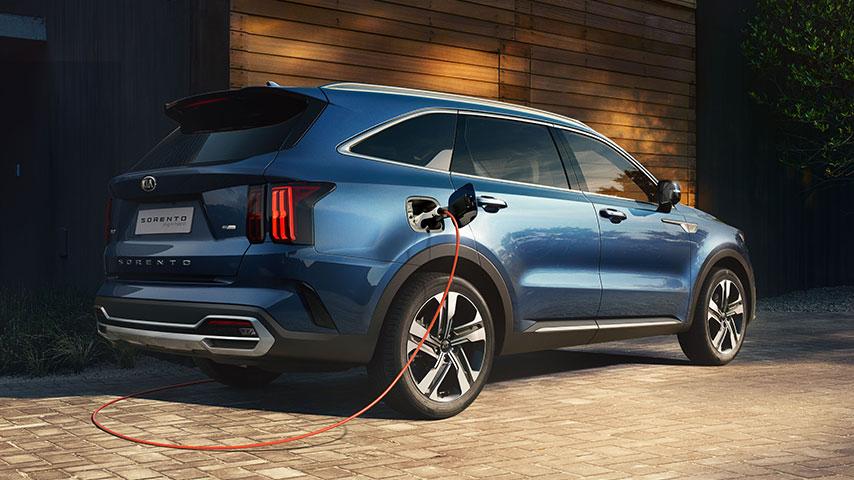
As it is overseas, the PHEV will be available locally only with all-wheel drive. The Sorento Hybrid, in contrast, is available with both front- and all-wheel drive in overseas markets.
Both the Sorento Hybrid and Sorento PHEV feature a turbocharged 1.6-litre four-cylinder petrol engine mated to an electric motor, a lithium-ion battery pack and a six-speed automatic transmission.
The Hybrid uses a 1.49kWh battery and an electric motor with 44kW of power and 264Nm of torque, for system outputs of 169kW and 350Nm.
The PHEV uses a larger 13.8kWh water-cooled battery and a more powerful 67kW/304Nm electric motor, for system outputs of 195kW and 350Nm.
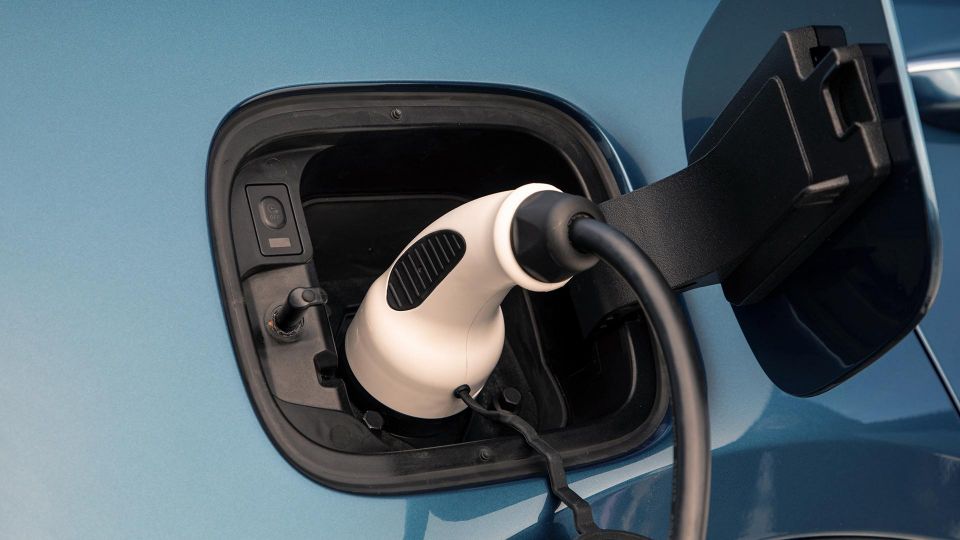
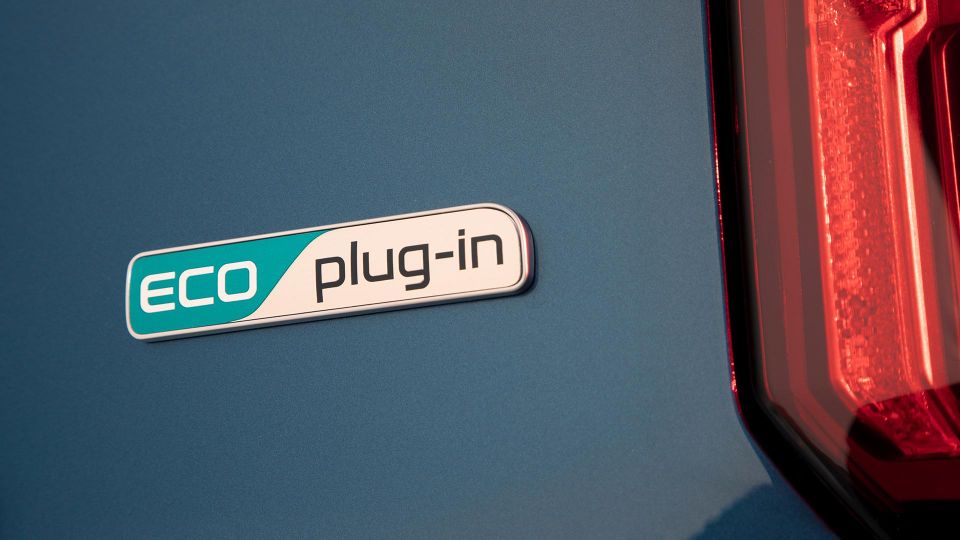
By comparison, the Sorento’s petrol V6 puts out 200kW and 332Nm while the turbo-diesel produces 148kW and 440Nm.
The PHEV can also run on pure electric power, up to 57km on the WLTP combined cycle and up to 70km on a pure urban cycle.
The hybrid will do the 0-100km/h sprint in 8.7 seconds, with the more powerful PHEV reducing that to 8.4 seconds.
In Europe, the PHEV has a braked towing capacity of 1500kg, or 500kg less than the V6 and diesel.
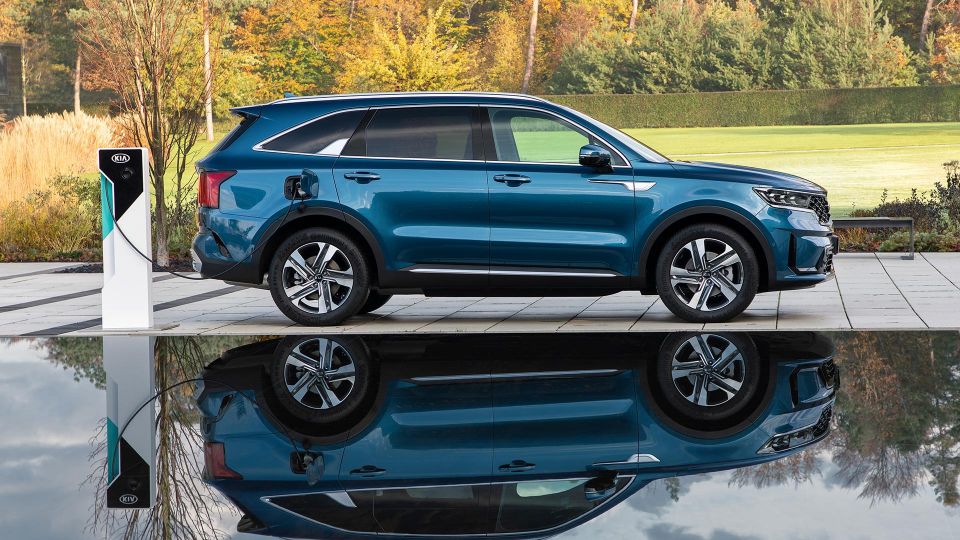
The Sorento Hybrid will go up against its platform-mate, the upcoming Hyundai Santa Fe Hybrid, which currently is scheduled to arrive before the end of 2021.
Other competition will include the aforementioned Kluger Hybrid, though Nissan has withdrawn its Pathfinder Hybrid and has yet to confirm if the next-generation model will offer an electrified powertrain.
Competition for the Sorento PHEV is less clear-cut. While pricing has yet to be confirmed, we expect it to be above the smaller Mitsubishi Outlander PHEV and MG HS Plug-In Hybrid but below plug-in luxury-brand rivals like the BMW X3 xDrive30e and Mercedes-Benz GLC300e.
Given its large size classification and seven-seat capacity, the Sorento PHEV could also be seen as a cut-price competitor to the Volvo XC90 Recharge, which is just under $120,000 before on-road costs.
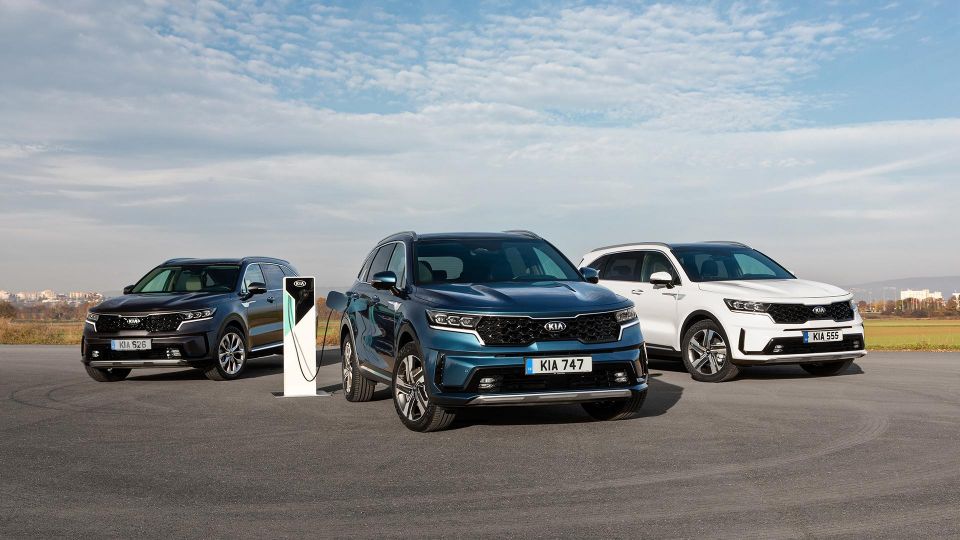
MORE: Everything Kia Sorento
Where expert car reviews meet expert car buying – CarExpert gives you trusted advice, personalised service and real savings on your next new car.
William Stopford is an automotive journalist based in Brisbane, Australia. William is a Business/Journalism graduate from the Queensland University of Technology who loves to travel, briefly lived in the US, and has a particular interest in the American car industry.


Matt Campbell
6 Days Ago


James Wong
5 Days Ago


Max Davies
3 Days Ago


Josh Nevett
2 Days Ago


Josh Nevett
2 Days Ago


Paul Maric
17 Hours Ago